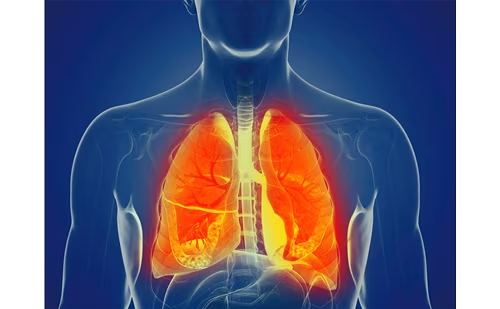Smoking is one of the biggest avoidable causes of morbidity and mortality worldwide and is a significant burden to healthcare systems. Without intervention, the annual total of 7.69 million deaths and 200 million disability-adjusted life-years caused by smoking are likely to increase over the coming decades.1 Several smoking cessation interventions have proven to be effective; however, most smokers who try quitting, fail to quit for 6 months or longer.2
In an expert interview, our Editor-in Chief, Professor Richard van Zyl-Smit, discusses the challenges of smoking cessation and how they might be overcome.
Q. Could you give us a brief overview of the global health burden caused by smoking?
The enormous global burden of smoking is surprising given the risks associated. Estimates vary, but around 1 billion people smoke globally and of the top eight causes of death, including hypertension, stroke, heart disease and infection, all have risks that are associated with tobacco smoking.3 It is a risk factor for almost every chronic disease and, particularly, every cancer.4
Q. How have policy makers and healthcare providers acted to combat smoking?
The two groups tend to work on different tracks. The policy makers are the groups that ban smoking in public places and advertising, and increase taxes. This makes smoking less desirable and visible, and more expensive and restricted, thus creating an environment that is supportive of quitting but also restricting. Meanwhile, there is the individual smoker, who is still addicted to nicotine and struggles to break the habit. The healthcare providers need to provide support and care. The two groups are fundamental but rarely talk to each other. We need policy makers and healthcare providers to work together to the benefit of the individual smoker.
Q. What are the challenges to implementing smoking cessation strategies around the world?
There are multiple challenges. From a policy point of view, the income generated by tobacco sales and taxation is substantial, and the influence of the tobacco industry is widespread and universal. It is a countrywide challenge for the governments and institutions to ban smoking, which benefits them in terms of revenue. From an implementation point of view, interventions such as banning sales and advertising are all actively opposed by the tobacco industry. Therefore, implementing any framework convention on tobacco controls and policies to reduce exposure to tobacco can be quite difficult.
Individuals in certain countries are offended by bans on tobacco sales and individual freedom of association, which is a further challenge. In South Africa, the sale of tobacco was banned but the black market flourished, and people spent enormous amounts of money buying cigarettes when it was a clear risk factor for coronavirus disease 2019 (COVID-19). For the individual smoker, there is a significant habit and addiction issue with nicotine usage and tobacco smoking. If the habit and addiction side of smoking is not dealt with, people will spend money buying something that they require chemically. Similar to obesity, alcohol use or any addiction, this habit is extremely difficult to break. Individuals who smoke will potentially require support and encouragement. Pharmacotherapy, which is not easily available, and behavioural therapy are needed to cope with the stresses of life for which smoking is often a relieving factor.
Q. What can public health and other healthcare professionals do to overcome these challenges?
At policy level, healthcare providers could comment on and support local regulations. If local hospitality venues have policies, or are not obeying the regional or local policies, individuals could protest and seek law enforcement for tobacco regulations that are not being upheld. Individuals need to become advocates for the law. If all healthcare practitioners engage with patients and ask the question “do you smoke and have you thought of quitting?”, it could significantly increase the potential for that individual to try and quit. The attitude needs to be ‘pro-smoker’ but not ‘pro-smoking’ to provide the space, motivation and support for smokers to break the habit and the addiction.
Q. What interventions should take priority in the coming years?
The biggest intervention is to provide the support to enable individuals to quit. There has been enormous focus on the policy side, but we have seen that during COVID-19, individuals have struggled to quit even when it became known that smoking was a high-risk factor for COVID-19. Strategies to help individuals, not just pharmacotherapy but community-level strategies to help individuals break the habit, are critically important and should be a greater priority than policies at present. However, we cannot have one without the other.







